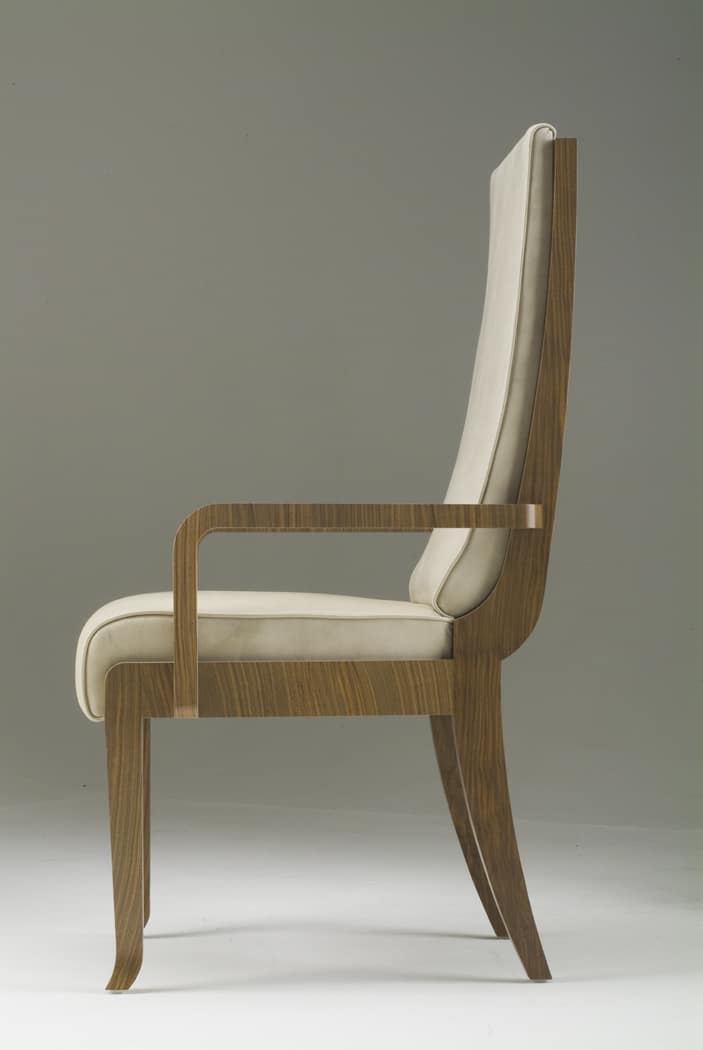The original Eltham Palace was the boyhood home of Henry VIII, which remained largely untouched until 1936 when Stephen and Virginia Courtauld added their Art Deco mansion to the remains. The extravagant furnishings of their new home were designed as an integral part of the project, requiing authentic replication when English Heritage chose to restore the building to its former glory.
The lease was surrendered in 1944 and the palace was then occupied by the Royal Army Education Corps who remained there until 1992, at which point it was taken into care by English Heritage.
In 1998 English Heritage made the decision to fully restore the structure, replacing all those original items of furniture that were sadly lost. Following an invitation for competitive tender, a substantial order for the replacement of this furniture was awarded to N.E.J Stevenson.


The manufacture had many challenges. These were made especially difficult by the fact that none of the original drawings survived. Instead we had to rely on information we could extrapolate from a series of black and white photographs, many of which were taken at rather unhelpful angles. Carefully using known dimensions of doors, windows and panelling, the required drawings were created by our design team enabling production to commence. A vast range of information was gathered by the project team to ensure that the replications were as accurate as possible, with particular help coming from tracking down eyewitnesses. The salmon pink colour of the dining chairs was determined from a verbal description given by a regular visitor to the palace during the building’s heyday.
N.E.J Stevenson supplied all of the furniture in the entrance hall and the dining room. The dining chairs had a particular grain pattern, which was inconsistent with structural integrity. To overcome this we constructed the chair in Beech and then veneered each surface in Walnut. All of the solid furniture in the foyer was veneered in Australian Black Bean, a rare material, which due to its dry and brittle nature provided a range of challenges for the craftsmen.
The main problem with the two serving tables was the sheer size of the marble tops. English Heritage insisted that each of the tops should be in one piece of Belgian Black Marble. After an exhaustive search throughout Europe, one source was eventually found which met the requirements for size and colour. The shape was finally cut and transported to Eltham for fitting.

